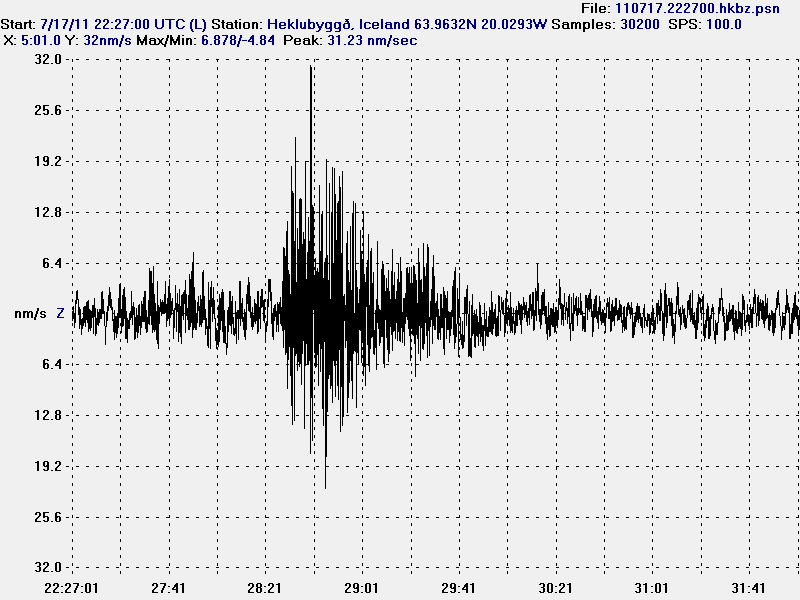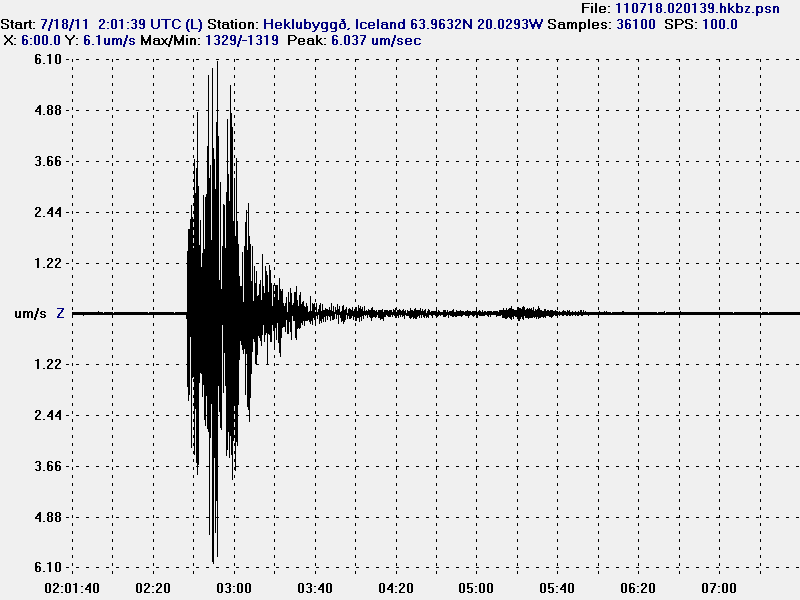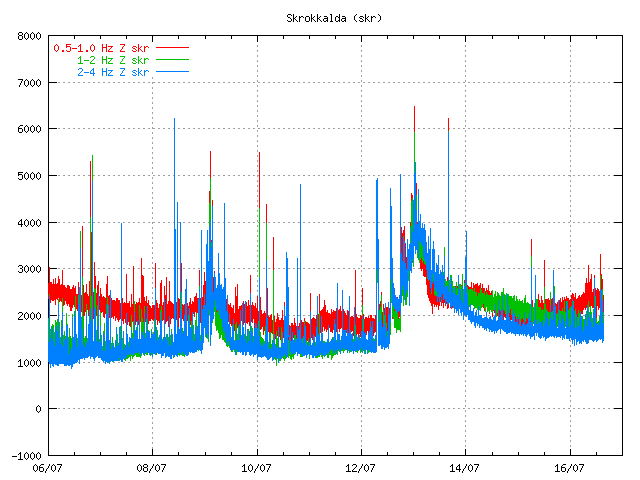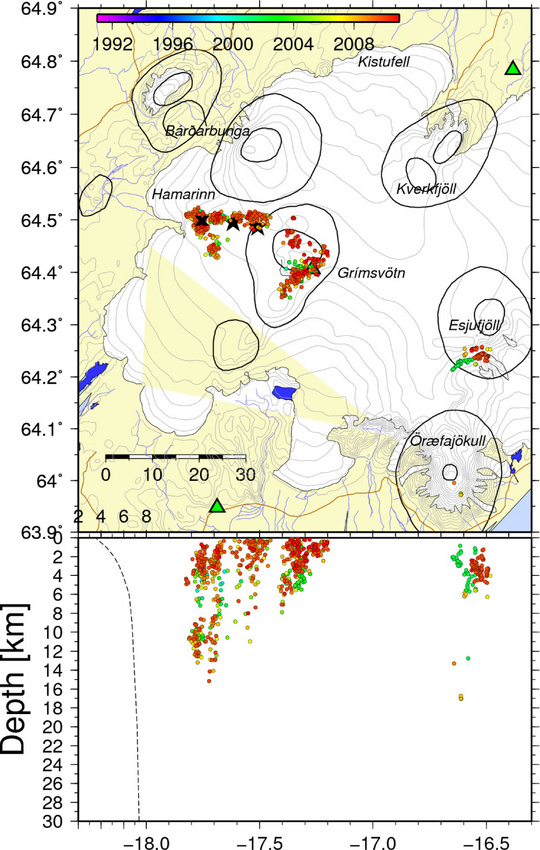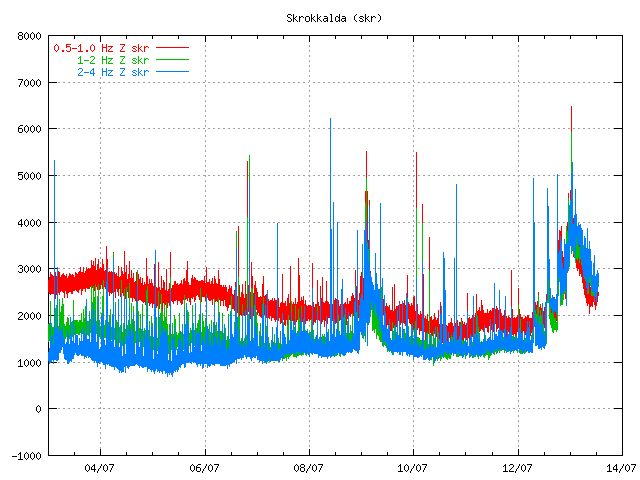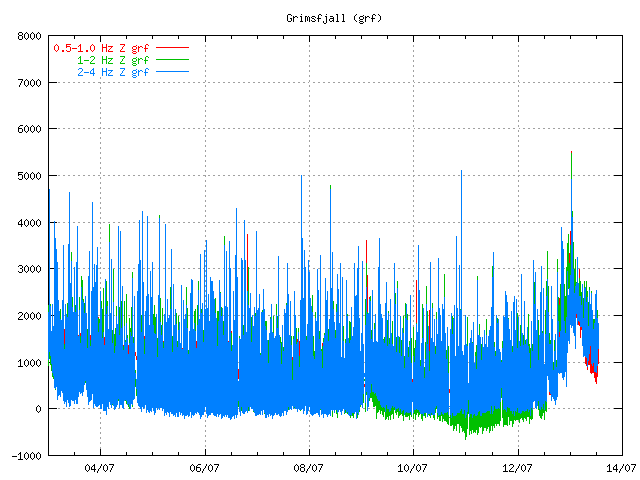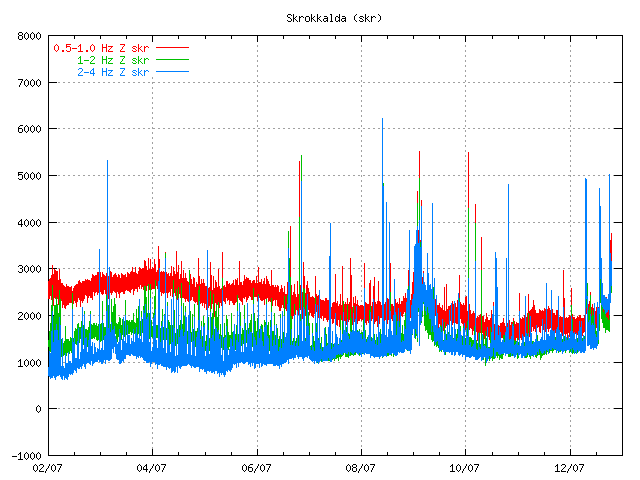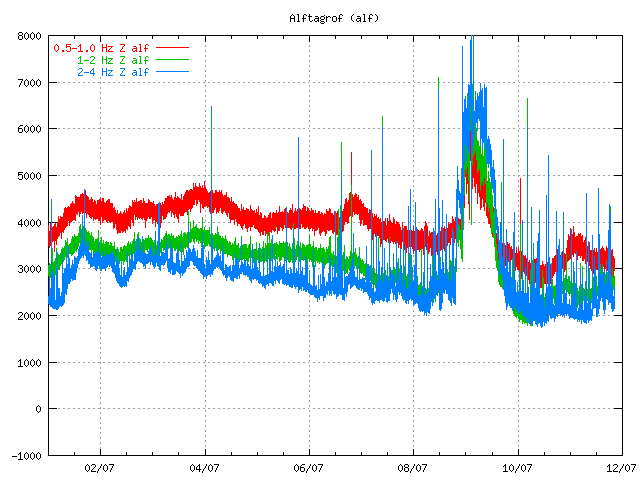According to the news here in Iceland there have been a formation of at least three new cauldrons in Mýrdalsjökull glacier, where they have not been before in the glacier. But this means that the hydrothermal areas under the glacier are growing in size due to new magma pushing up into the crust and warming it up.
This has been revealed after a daily checking of the status on the glacier. But the current cauldrons that formed on the 8 and 9th July have also deepened according to the same news. A lot of deep cracks are also forming in Mýrdalsjökull glacier. Making the south part of the glacier extremely dangerous at current moment.
There is also risk of minor glacier flood from water collecting under the glacier (both really small and slightly larger ones). But water might be collecting in ice-caves under the glacier and break free without any warning at all. The Civil Emergency Authority in Iceland warn against travelling in this area on Mýrdalsjökull glacier.
The reason why this is happening is the fact that hydrothermal activity is increasing under Mýrdalsjökull glacier in Katla volcano. But this is a clear sign that Katla volcano is warming up to a eruption. When that might happen is still a question with no answers.
Currently there is no good way to know what happens in regards to possible glacier floods due to this increased hydrothermal activity in Katla volcano. But floods are expected to take place without any warning now in this area.
Icelandic News with pictures of the cauldrons.
Þrýstingur fellur í sigkötlunum (Rúv.is, Picture)
Ferðamenn koma ekki nálægt sigkötlum (Vísir.is, Icelandic, Picture)
Ferðamenn aka ofan í ketil sem er að springa (Vísir.is, Icelandic, Picture)
Ástæða til að vakta svæðið (mbl.is, Icelandic, Picture)
Sigkatlasvæðið er varasamt (mbl.is, Icelandic)
Sigkatlasvæðið stækkað (mbl.is, Icelandic, Picture)
Blog post updated at 00:51 UTC 20. July 2011.


